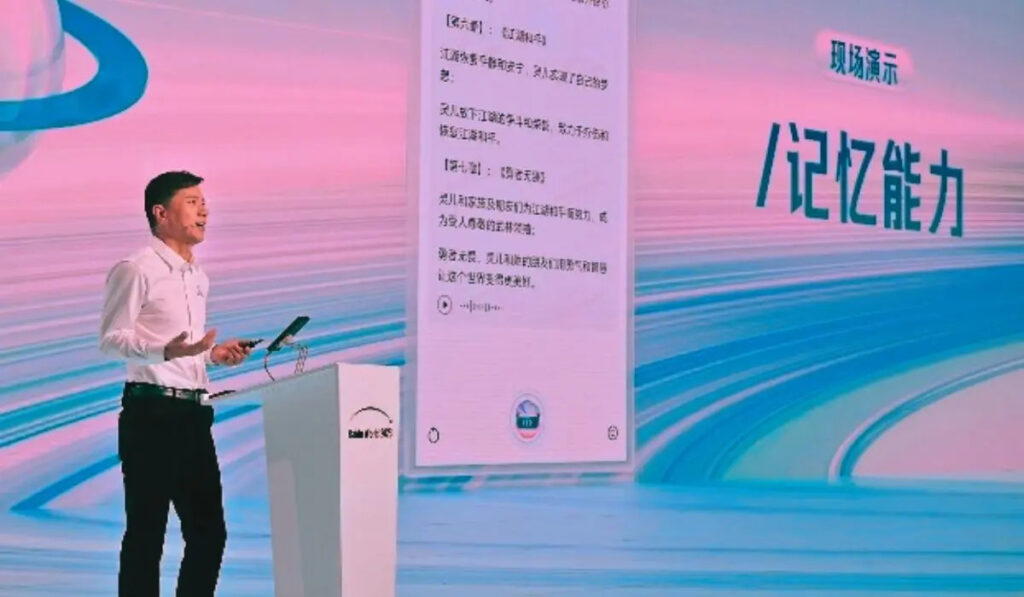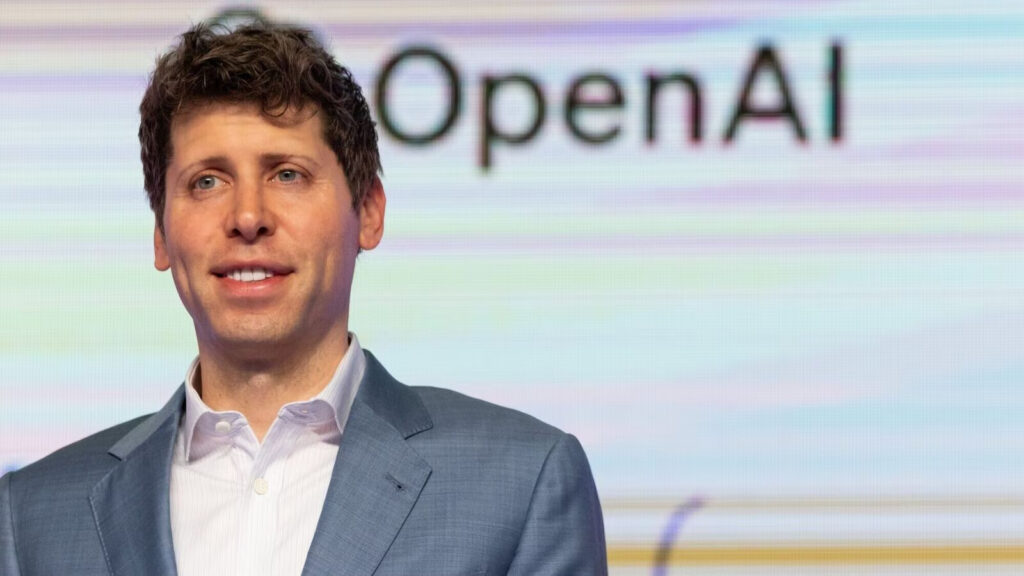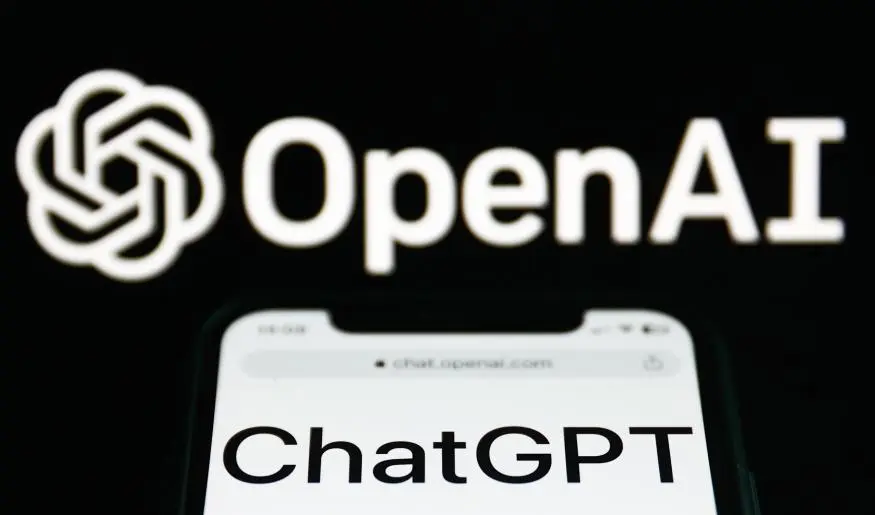Baidu Says Its AI as Good as ChatGPT in Big Claim for China
Robin Li, the founder of Baidu Inc., announced that his business’s large language model (LLM) has now become as better as OpenAI’s sophisticated GPT-4, taking the forefront in his nation’s quest to create artificial intelligence that can compete with the United States.

on Tuesday in Beijing, the multibillionaire put Ernie 4.0 through a round of questions and answers to demonstrate its ability to respond to questions and resolve challenges instantly. In terms of complexity and all-around capabilities, Ernie has equaled OpenAI’s pioneering offering, Li told a crowded auditorium that was formerly a steel mill.
Despite the US bot launching months before, the flagship Ernie chatbot has already exceeded 45 million users, an accomplishment that still needs to catch up to ChatGPT’s anticipated 180 million users. The company that dominates Chinese search, frequently described as a domestic Google, is counting on artificial intelligence to help it outcompete competitors that dominate other parts of the internet, such as Tencent Holdings Ltd. and Alibaba Group Holding Ltd. On Tuesday, stocks of Baidu fell by approximately 1.5 percent.
Following ChatGPT’s demonstration of the potentially disruptive capabilities of generative AI, which can create video and content from straightforward inputs, Baidu is at the forefront of a wave of massive investments throughout China. It is recognized as a frontrunner in the competition to develop a cutting-edge platform for the largest internet marketplace around the world, which also involves several startups and significant local IT companies.
They are trying to catch up with American companies such as Microsoft Corp. and Google to provide support such as ChatGPT as well as Dall-E, but Beijing’s severe restrictions and US sanctions restricting Chinese utilization of the most cutting-edge processors for training and running artificial intelligence models might cast a shadow over their chances. This concern is being fueled by Washington’s strengthening of restrictions on the importation of AI technology.
Also Read: LinkedIn Cuts 668 Jobs in Second Round of Layoffs This Year
Li informed the crowd that Ernie is not inferior to GPT-4 in any way.
Given their extreme complexity, AI models are difficult to evaluate. Li tested the most recent iteration of Ernie Bot in real-time. He instructed it to create a book on the realm of old martial arts while posing math problems and asking questions about things like buying real estate.
This is a sharp contrast to the prepared film the tech tycoon released in March to introduce China’s initial response to OpenAI’s popular bot.

I am a student pursuing my bachelor’s in information technology. I have a interest in writing so, I am working a freelance content writer because I enjoy writing. I also write poetries. I believe in the quote by anne frank “paper has more patience than person





